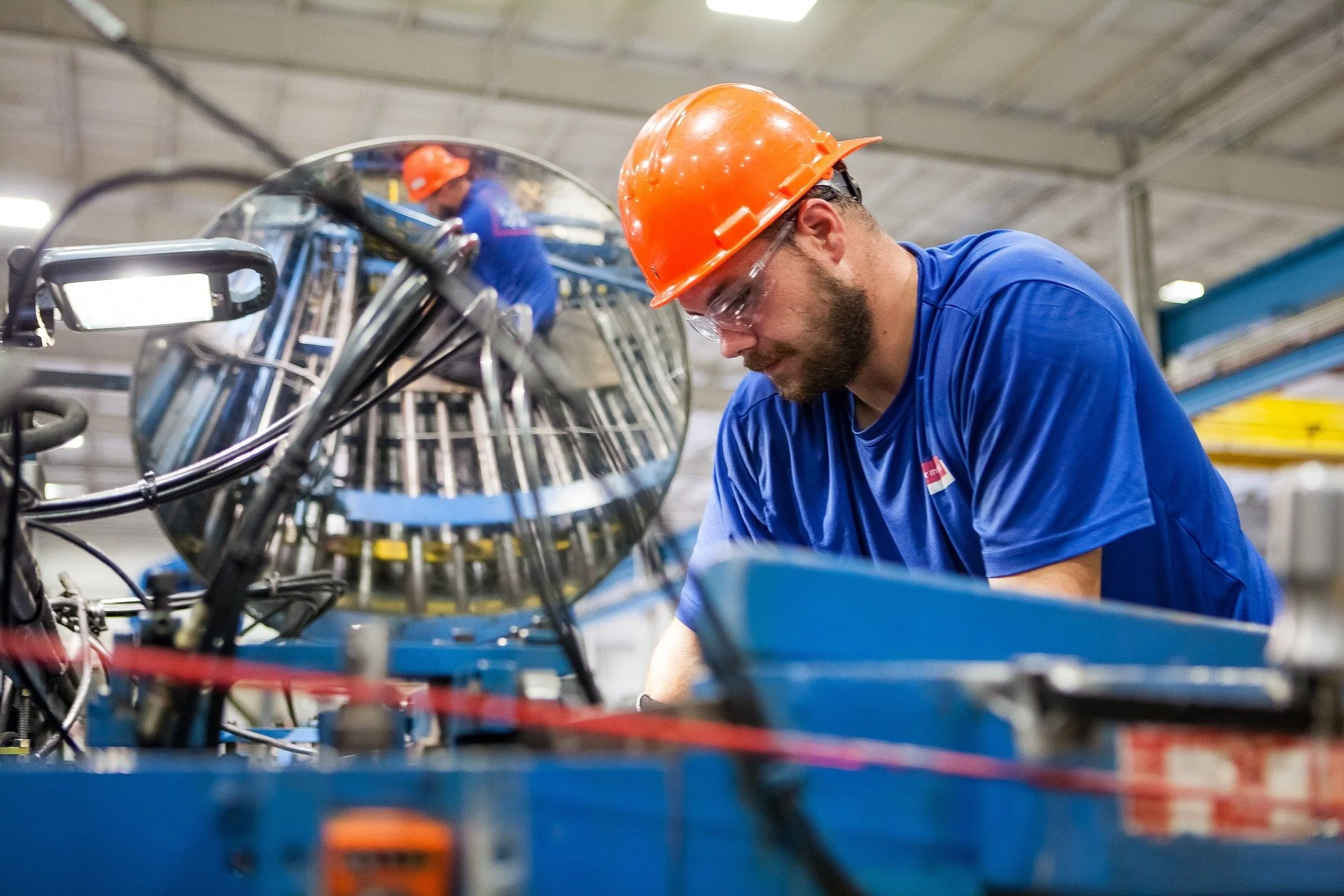The manufacturing landscape is continuously evolving, adapting to new technologies, market demands, and global challenges. As industries worldwide strive for dominance, the imperative to optimize manufacturing processes grows ever more crucial. Process optimization not only drives efficiencies but also gives a competitive edge.
In this dynamic setting, embracing cutting-edge solutions and revisiting conventional methodologies becomes a necessity for manufacturers aiming to stay ahead in the game.
Embrace Modern Technology
The dawn of the Fourth Industrial Revolution has brought about a paradigm shift in the manufacturing domain. The integration of Artificial Intelligence (AI) and automation is no longer a luxury; it's a necessity. These technologies enhance precision, reduce human error, and dramatically increase production rates. Furthermore, the Internet of Things (IoT) plays a pivotal role in the modern manufacturing setup.
IoT devices, equipped with sensors, gather data from the production line, ensuring machinery operates optimally and forecasting maintenance needs before any significant breakdown occurs. In essence, integrating AI, automation, and IoT is akin to giving a manufacturer x-ray vision, enabling them to pinpoint inefficiencies and rectify them promptly.
As manufacturers adopt these technologies, using visual work instructions can streamline the process, making it easier for operators and technicians to understand complex procedures. These visual aids replace dense, text-heavy manuals, reducing errors and ensuring smoother transitions when integrating advanced tools like automation and AI.
Lean Manufacturing Techniques
Lean manufacturing, inspired by the Toyota Production System, focuses on value creation while minimising waste. At its core, lean is about producing quality products efficiently. By adopting lean techniques, manufacturers can ensure that every step of their process adds value, cutting out unnecessary steps or "wastes". This methodology emphasises streamlining processes, which in turn can drastically improve production speed and reduce costs.
One of its most significant benefits is the reduction of waste—be it in terms of time, material, or effort. By consistently evaluating and refining processes, manufacturers can achieve more with less, ensuring they remain competitive and responsive to market needs.
An Efficient Packaging Solution
In the quest for optimization, the shrink packaging system has become a game-changer in the domain of packaging. The Shrink Packaging Systems Corporation encapsulates products in a film, which when heated, shrinks to snugly fit the product. Not only does this ensure a tight, tamper-evident seal, but it also dramatically reduces the materials required for packaging. The result? Significant waste reduction.
Moreover, products packaged using the shrink packaging system are better protected against external factors, ensuring they reach the end consumer in pristine condition. From cosmetics to electronics, this versatile packaging solution guarantees product safety while aligning with the ideals of efficient manufacturing.
Continuous Training and Skill Development
In today's fast-paced manufacturing world, technology isn't the only thing evolving; the skills required to harness it are too. Hence, upskilling workers becomes paramount. A machine is only as efficient as its operator. By investing in continuous training, manufacturers ensure that their teams are adept at utilising the latest tools and techniques.
It's not just about understanding new technologies; it's about mastering them to maximise productivity. Continuous learning cultivates a culture of improvement, ensuring the workforce remains agile and the manufacturing processes remain optimised.
Data-Driven Decision Making
The modern manufacturing arena thrives on data. With advanced analytics tools at our disposal, tracking performance metrics is no longer a luxury but a necessity. By closely monitoring these metrics, manufacturers gain a clearer picture of their operations, enabling them to pinpoint bottlenecks or inefficiencies.
This isn't just about identifying problems; it's about proactively addressing them. Real-time data provides actionable insights, empowering manufacturers to tweak strategies on the fly, ensuring optimal efficiency. In essence, data-driven decision-making transforms raw numbers into a roadmap for success.
Supply Chain Optimization
Collaborating closely with suppliers, especially for just-in-time deliveries, can dramatically reduce inventory costs and enhance production flow. Moreover, a streamlined supply chain minimises disruptions, ensuring consistent raw material availability and timely product deliveries.
The ripple effect of such a streamlined system positively impacts overall manufacturing optimization, driving both cost savings and improved output.
The Need for Automation in Manufacturing Processes
Here's the thing: the manufacturing world isn't what it used to be. Gone are the days of relying solely on manual labour and old-school methods. We're in the age of automation, and for good reason. Think about it. Automation brings in pinpoint accuracy, repeatability, and a pace in the Industry 4.0 that human hands can't match.
It's not just about cranking up the speed – it's about quality, cost savings, and tackling the complexity of today's manufacturing demands. And in a world where customers want things faster and better, not jumping on the automation bandwagon might just leave you in the dust.
How to Integrate Automation Easily
Stepping into the world of automation might feel like a leap into the unknown. But it's simpler than it sounds. Begin with the basics: take a good look at your current setup and pinpoint areas ripe for automation. Instead of diving deep, perhaps start with a dip – look for scalable solutions that can evolve as your confidence grows.
And here's a golden nugget: get your team on board. Equip them with the know-how, not just the technical stuff, but the whole ethos of continuous innovation. After all, automation isn't about replacing the human touch; it's about amplifying it.
Quick Recap
Process optimization in manufacturing isn't merely a trend; it's a necessity in our rapidly evolving industrial landscape. To remain competitive, manufacturers must embrace change, continually update their strategies, and invest in the latest technologies and methodologies. The road to excellence is paved with innovation and adaptability.


